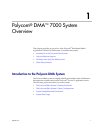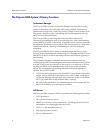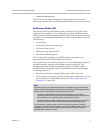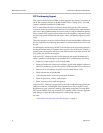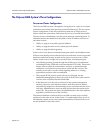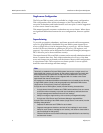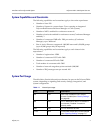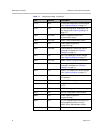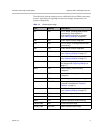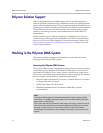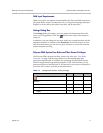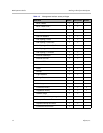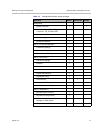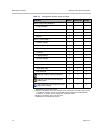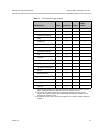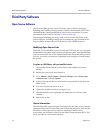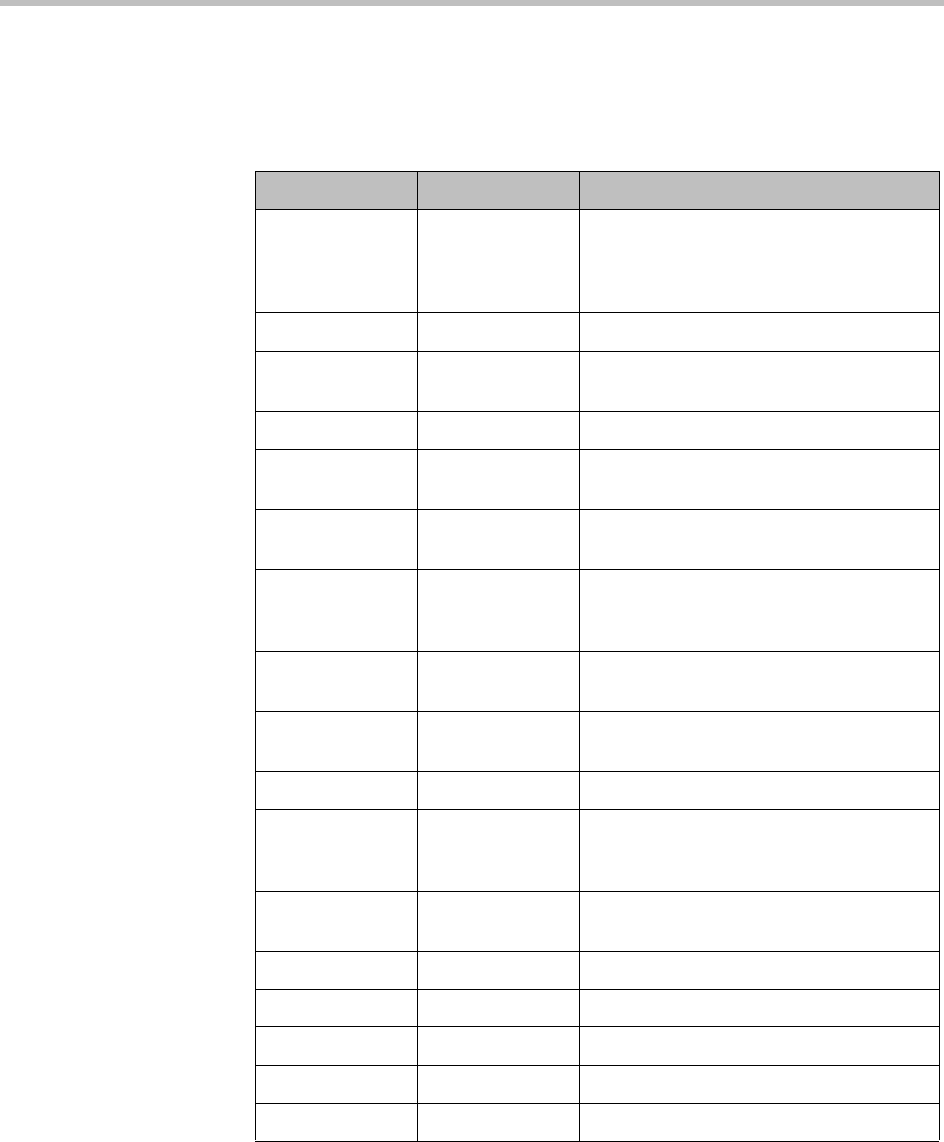
Introduction to the Polycom DMA System Polycom
®
DMA
™
7000 System Overview
Polycom, Inc. 9
The table below lists the remote ports to which the Polycom DMA system may
connect, depending on signaling and security settings, integrations, and
system configuration.
Table 1-2 Outbound port usage
Port Protocol Description
80 TCP HTTP. MCUs, Exchange Web Services
(calendaring). Only available if
unencrypted connections are enabled
(see “Security Settings” on page 48).
389 TCP LDAP. Active Directory integration.
443 TCP HTTPS. MCUs, Exchange Web Services
(calendaring).
389 TCP LDAP. Active Directory integration.
1718 UDP H.323 RAS. Default port; can be changed
(see “Signaling Settings” on page 71).
1719 UDP H.323 RAS. Default port; can be changed
(see “Signaling Settings” on page 71).
1720 TCP H.323 H.225 signaling. Default port; can
be changed (see “Signaling Settings” on
page 71).
3268 TCP Global Catalog. Active Directory
integration.
3269 TCP Secure Global Catalog. Active Directory
integration.
4449 TCP OpenDJ replication (superclustering).
5060 TCP/UDP Unencrypted SIP. Default port; can be
changed or disabled (see “Signaling
Settings” on page 71).
5061 TCP SIP TLS. Default port; can be changed
(see “Signaling Settings” on page 71).
8443 TCP HTTPS. Management interface access.
8444 TCP Supercluster communication.
8989 TCP OpenDJ replication (superclustering).
36000-61000 TCP H.323 H.245 port range.
32768-61000 TCP/UDP XMPP. Ephemeral port range.



